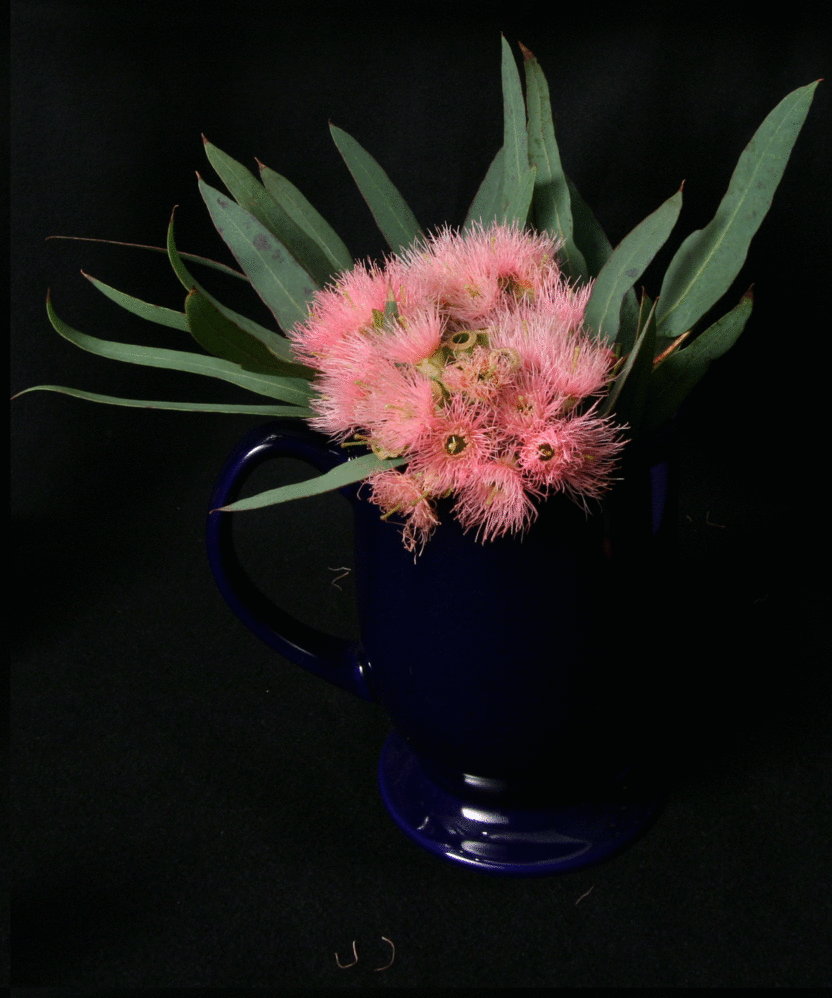Overview
Fundamentally this project sought to take data generated over a series of light fields in order to automatically adjust the focus and "aperture size" of the chosen images. This algorithm relied on- Aligning all of the lightfield images to a given point in the center of the image set
- Averaging over the aligned images to produce an averaged image
Depth Refocusing
Here we used the Stanford Light Field Archive data to refocus
images at various depths. We first aligned the
various images using the shifts described in the
image filenames. In order to focus on various depths of the image
we introduced an addition parameter alpha.
A value of alpha = 0 indicates the focus is on the furthest back
of the image while a higher value of alpha brings the focus closer to the
front of the image.
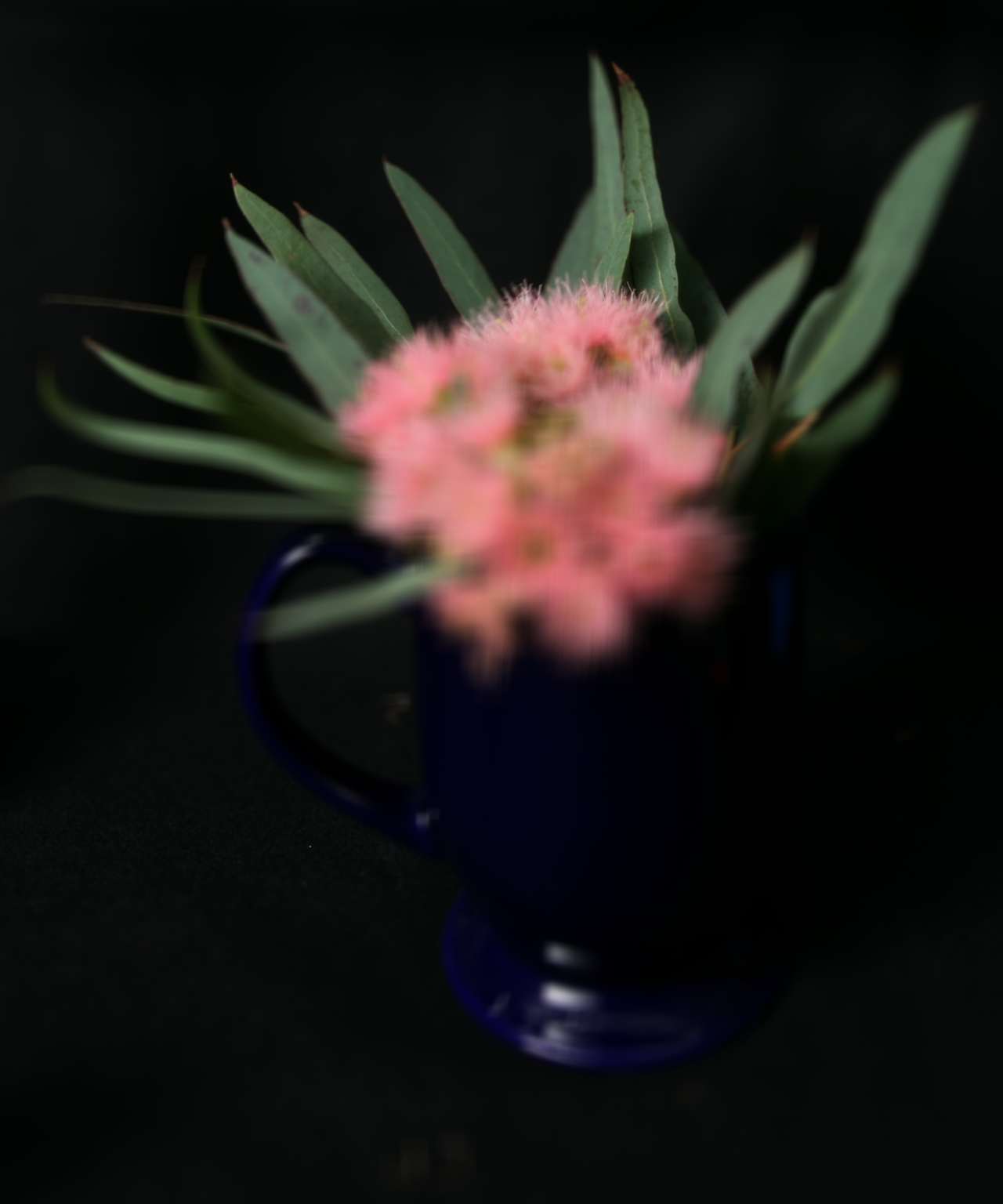
|
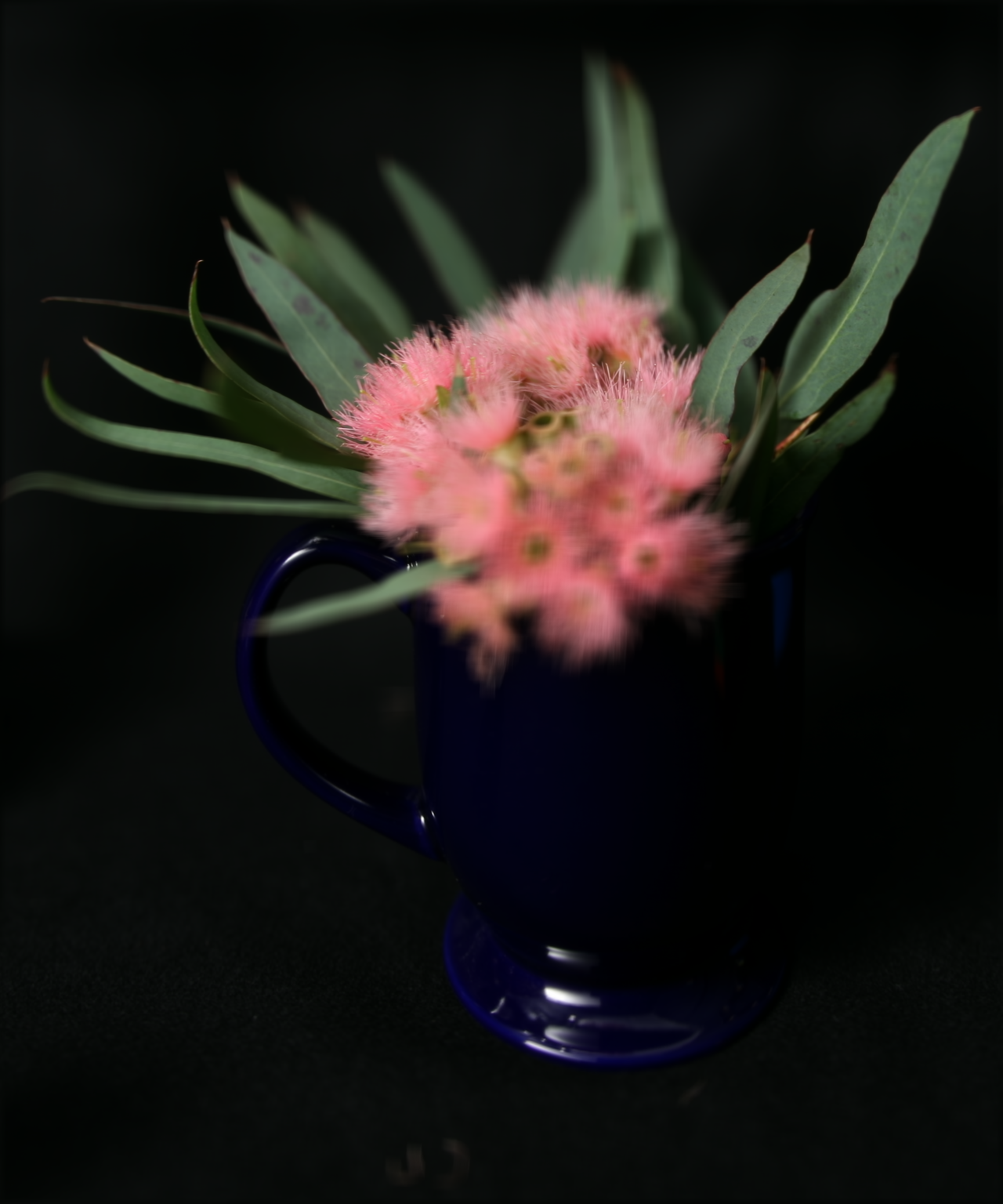
|
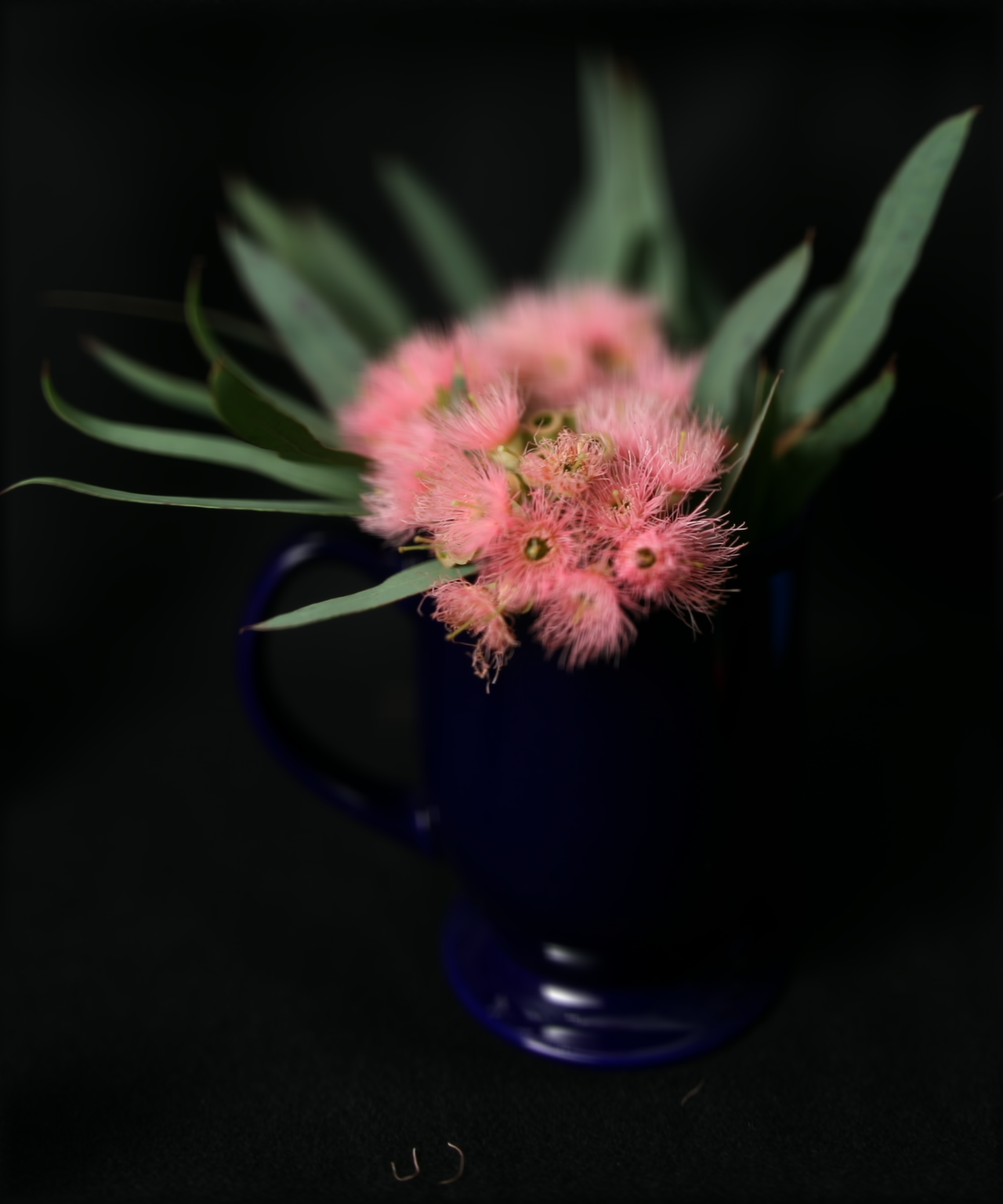
|
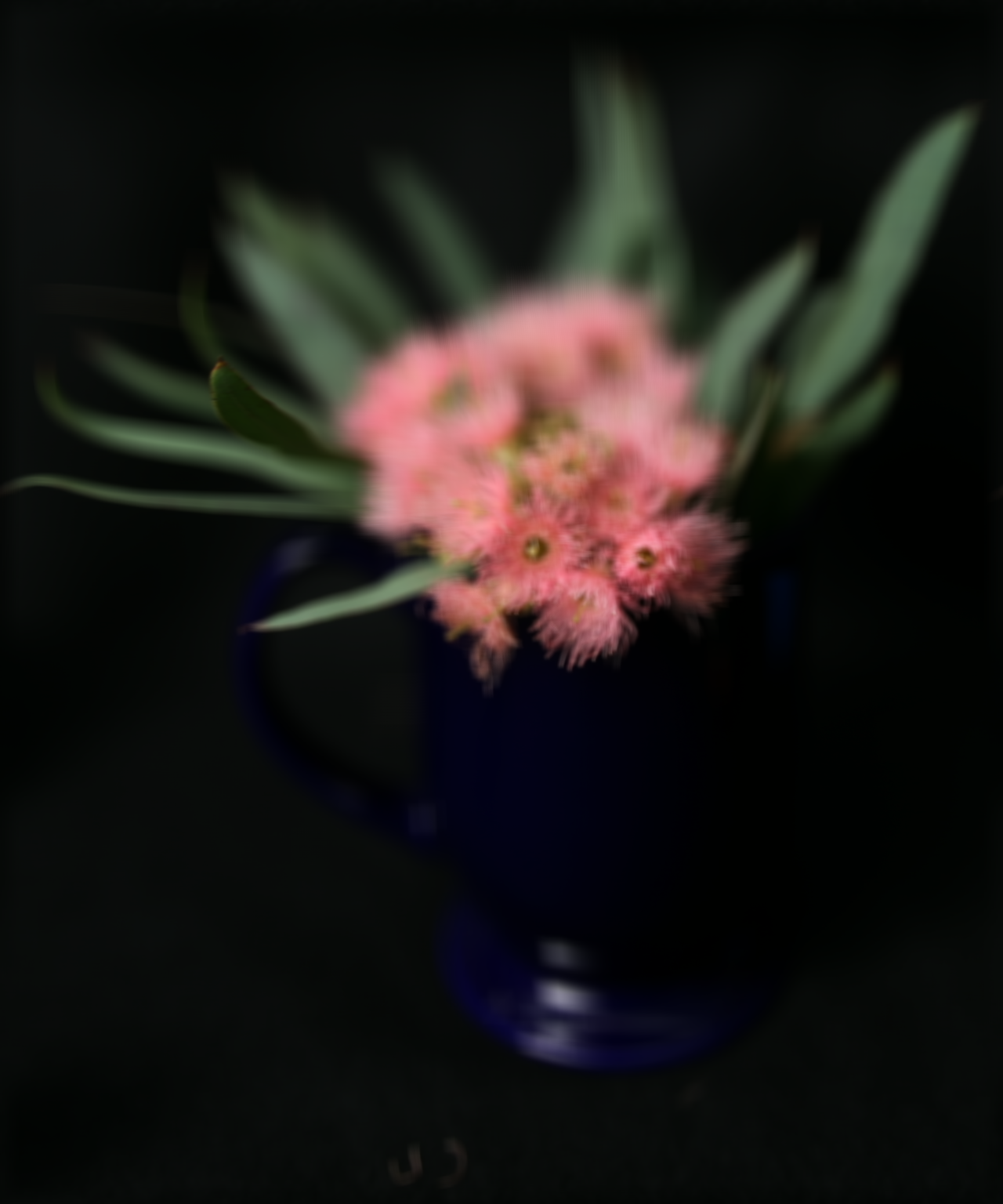
|
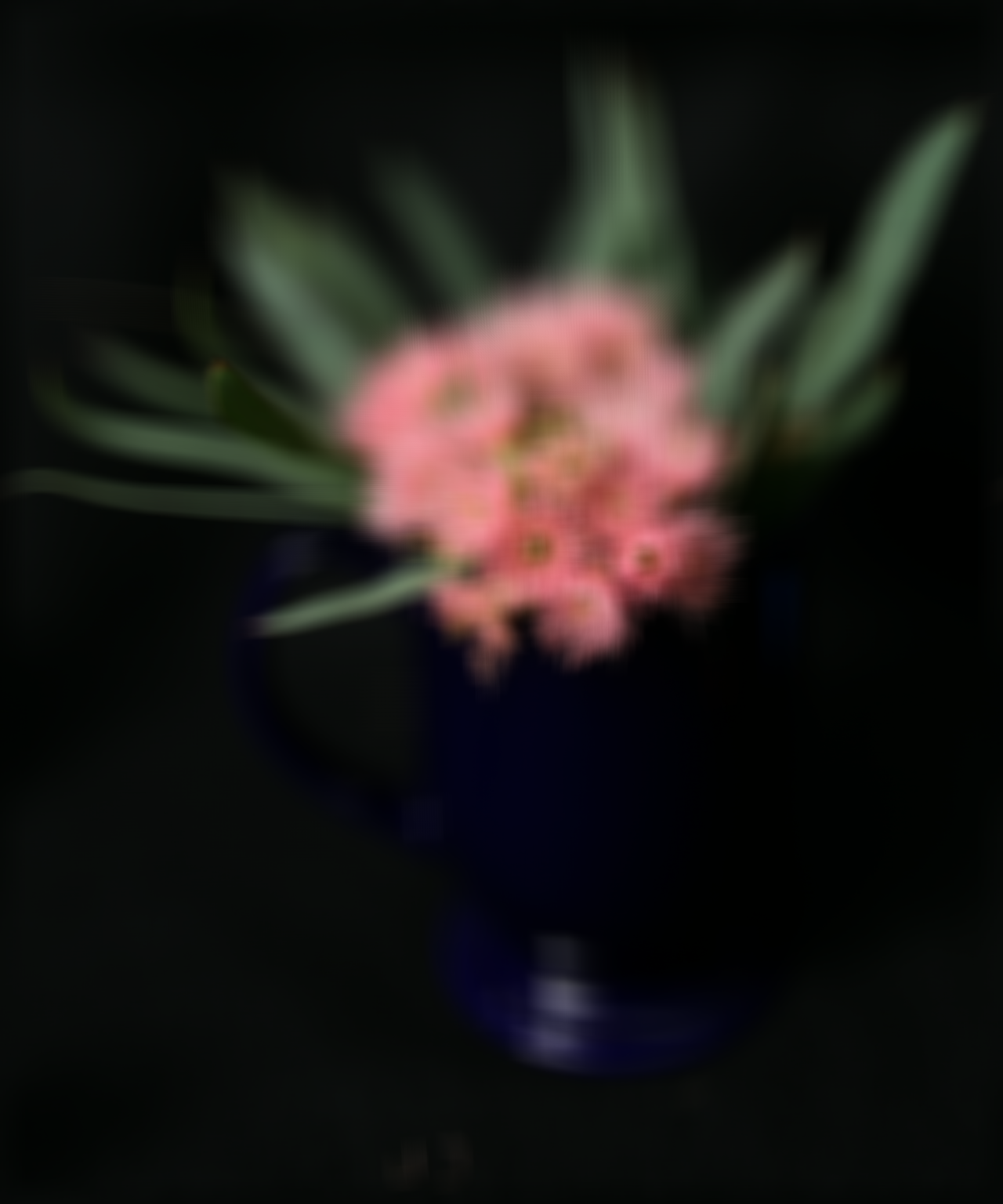
|
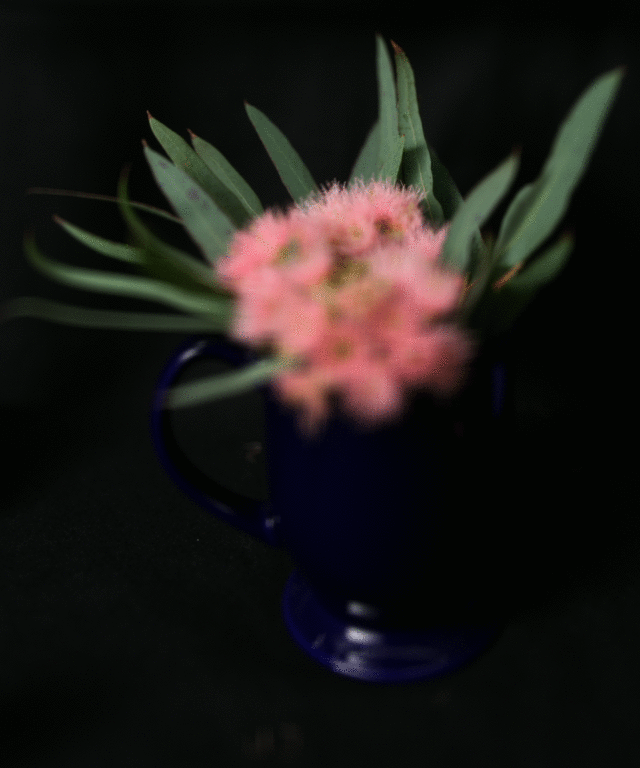
Aperture Adjustment
Because we have a large array of cameras we can treat each camera as an element of the aperture. Thus our smallest aperture would be a single camera (corresponding to the center of the array) and the largest aperture would be the entire camera array. We can take subsets of varying length from the center of the image in order
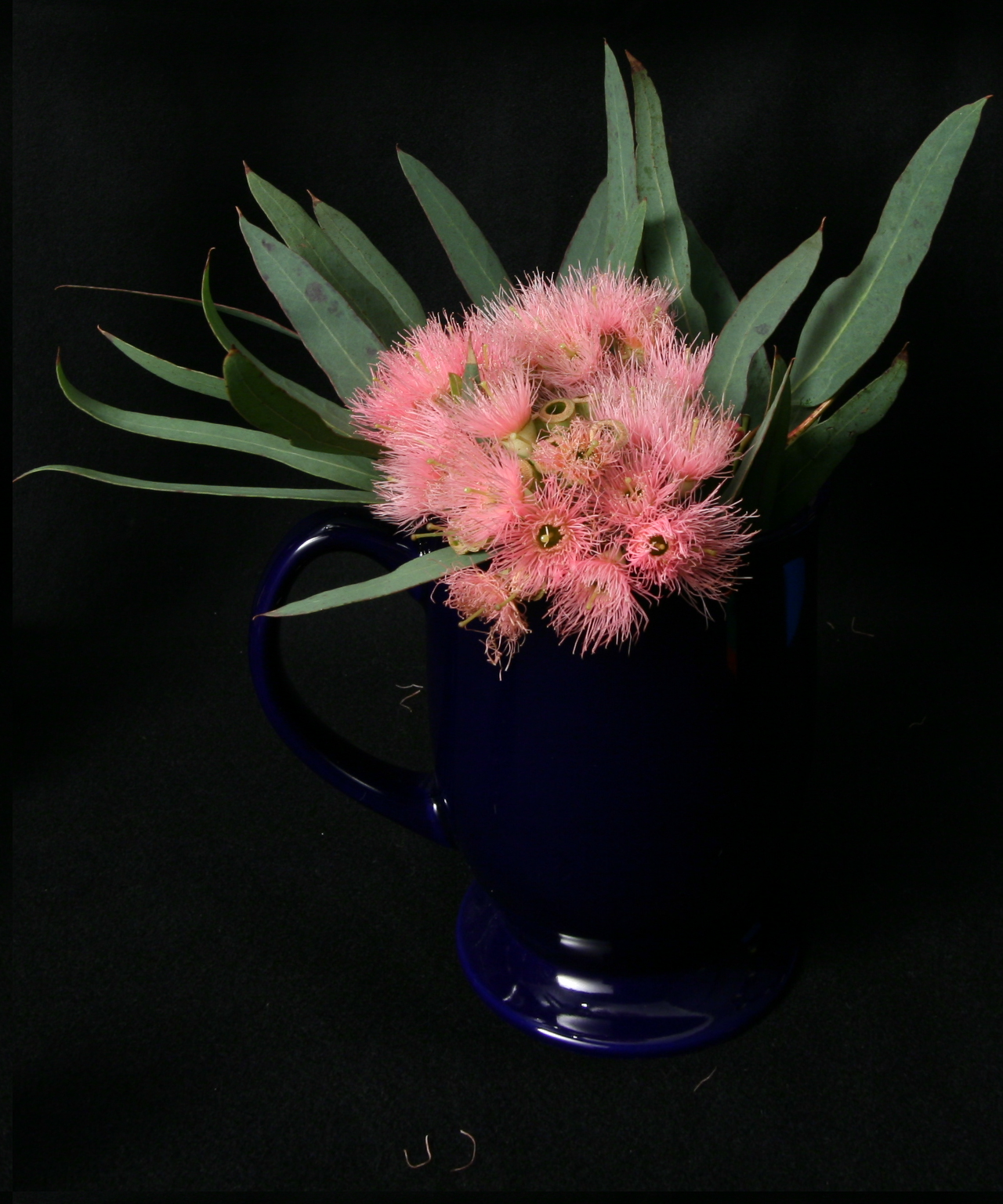
|
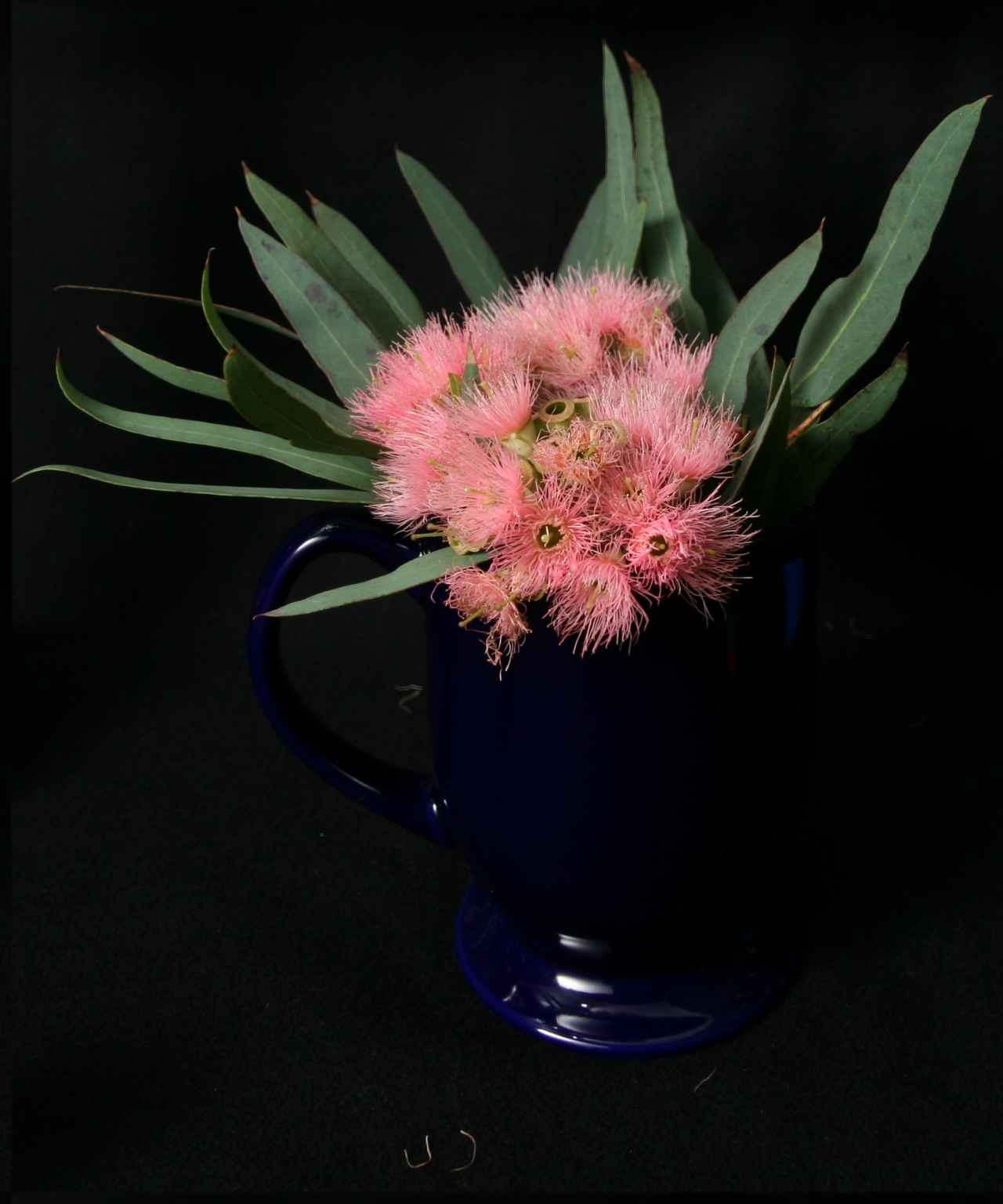
|
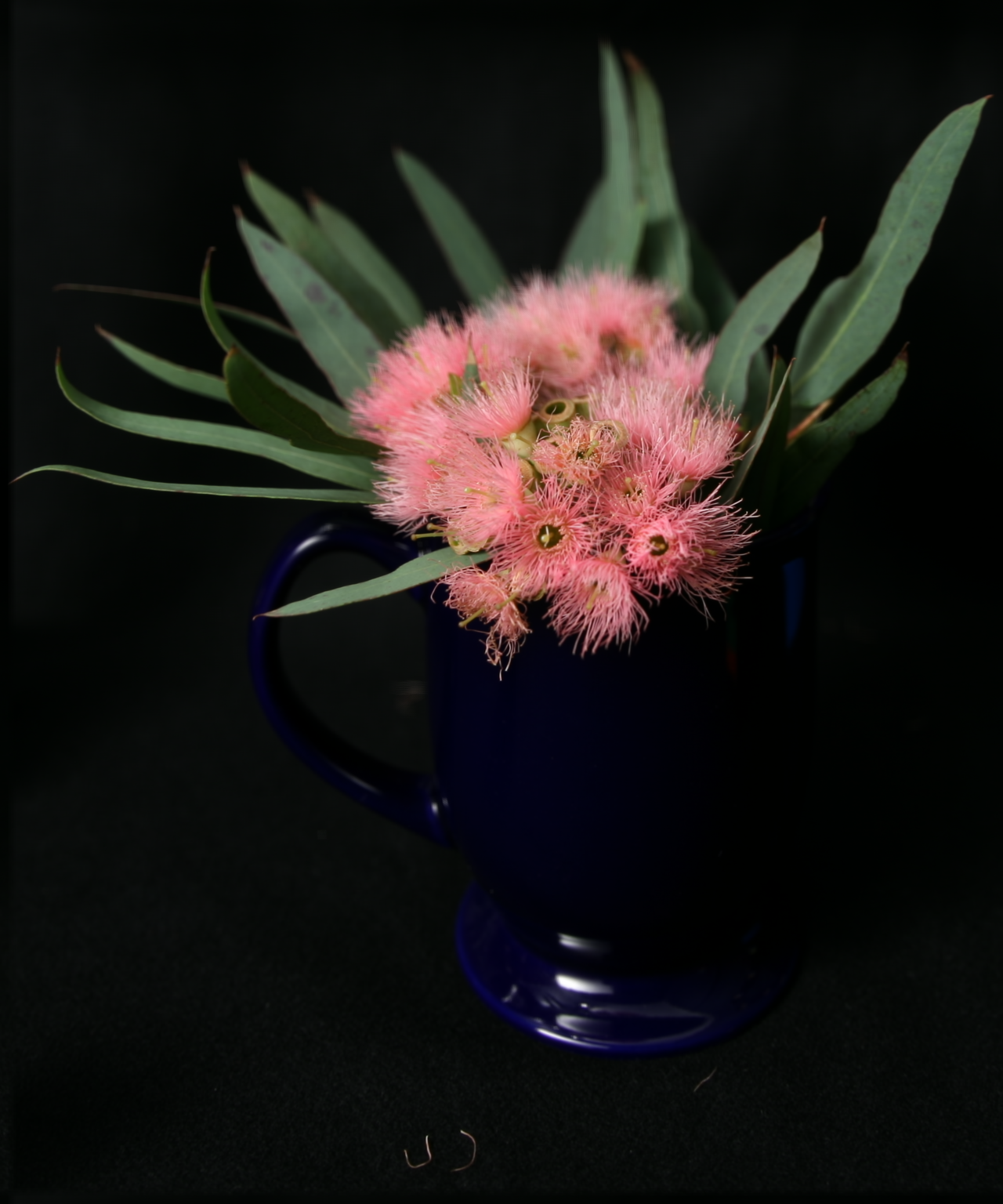
|
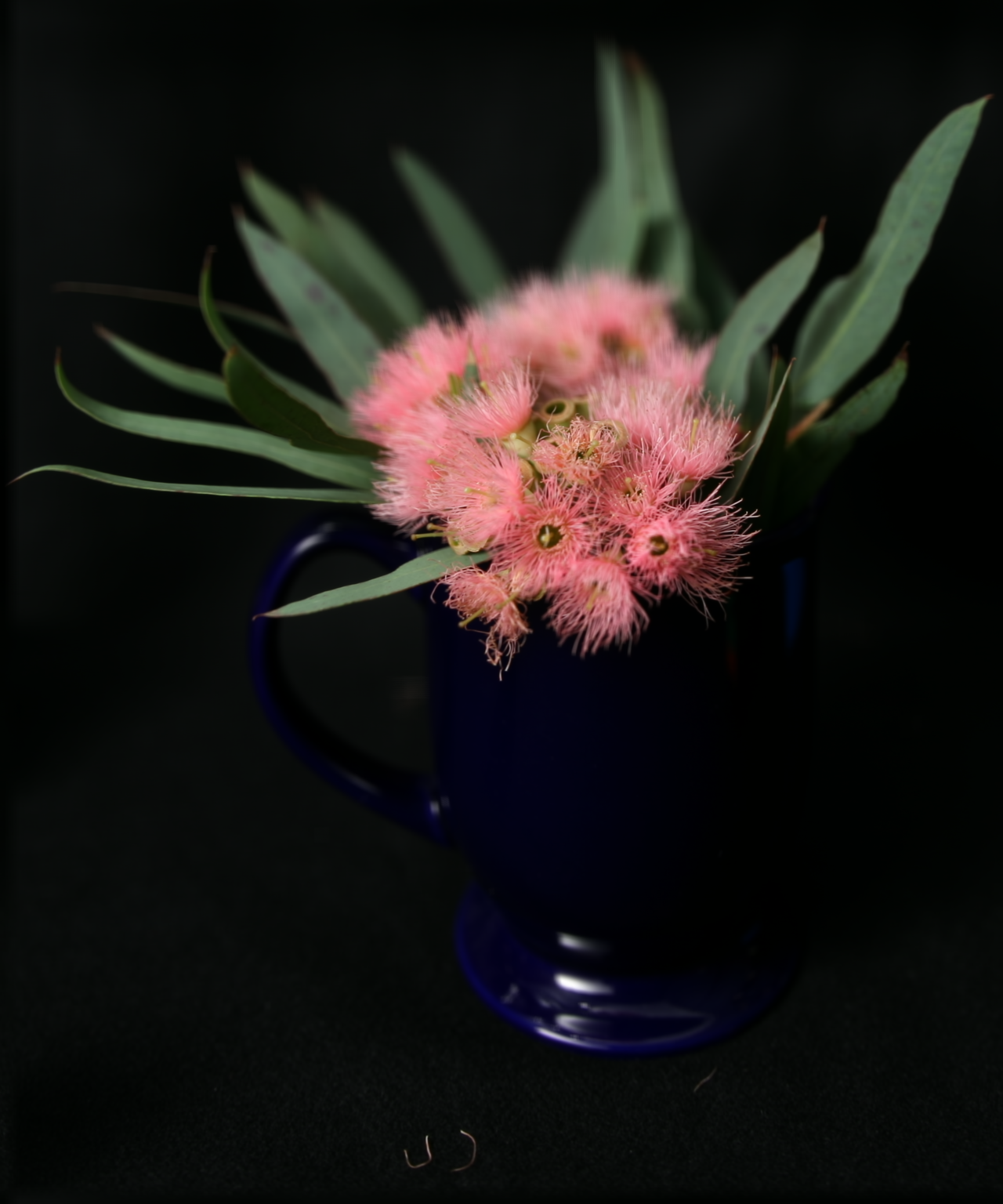
|

|

|
